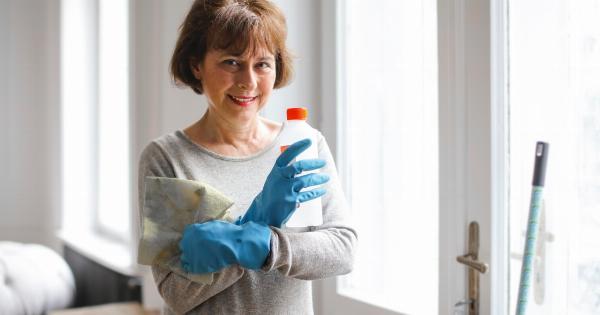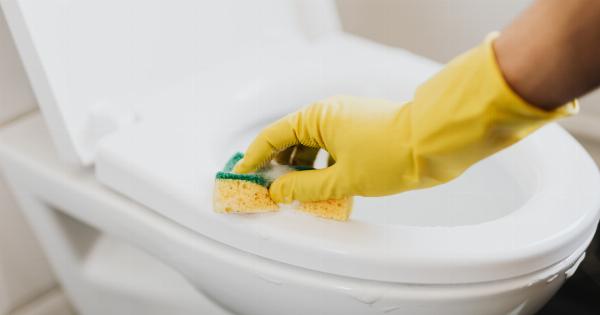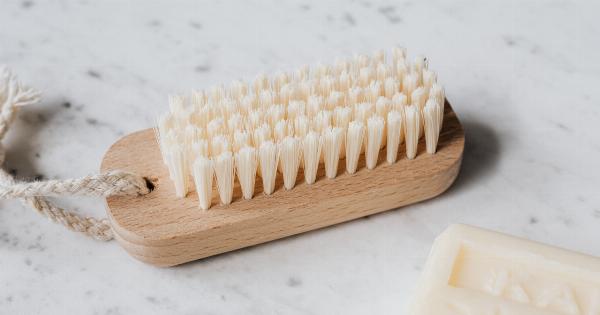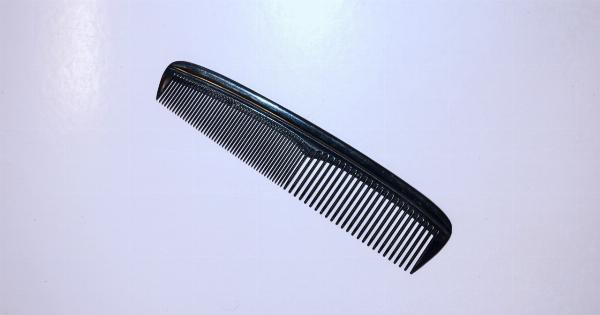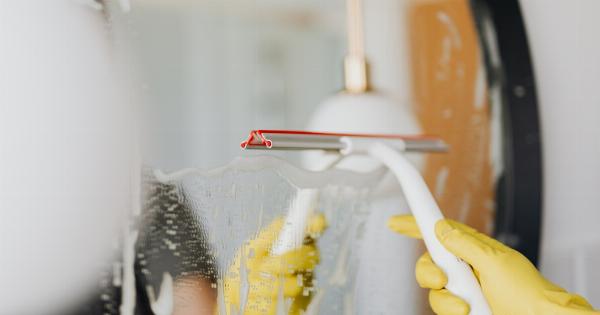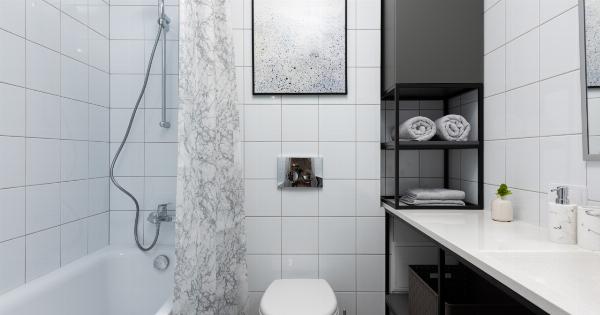Germs are everywhere, and it’s easy to assume that most of them are found in public areas such as public transportation, offices, and stores.
However, studies have shown that our homes may actually be the biggest breeding ground for germs, with some areas having significantly higher concentrations than others. In this article, we’ll discuss the areas with the highest concentrations of germs in our homes and what we can do to keep them at bay.
Kitchen Sinks
Kitchen sinks are one of the most frequently used areas in our homes, and unfortunately, they are also one of the dirtiest.
Studies have found that kitchen sinks harbor more germs than any other area in the home, including the toilet bowl! This is because food particles and moisture often get trapped in the sink, creating the perfect environment for bacteria to grow and thrive. To combat this, it’s important to clean your sink daily with a disinfectant and to make sure any food debris is properly disposed of.
Countertops
Like kitchen sinks, countertops also harbor high concentrations of germs, especially in areas where food is prepared.
In fact, some studies have shown that kitchen countertops can have more bacteria than a toilet seat! To keep your countertops as clean as possible, wipe them down with a disinfectant regularly, and make sure to clean up any spills or messes as soon as they occur.
Cutting boards
Cutting boards are another area in the kitchen where germs tend to accumulate. This is because cutting boards provide the perfect surface for bacteria to grow, especially when they are not properly cleaned and disinfected.
It’s recommended to have separate cutting boards for meats and vegetables and to clean them thoroughly after each use. If your cutting board has deep cuts or scratches, it’s probably time to replace it.
Bathroom
It’s no surprise that our bathrooms are also a breeding ground for germs, especially in areas such as the toilet, sink, and shower. To combat this, it’s important to regularly clean and disinfect these areas at least once per week.
Take extra care to clean the toilet bowl and seat thoroughly, as this is where most of the bacteria tend to accumulate. When cleaning the shower, pay attention to any areas where moisture tends to accumulate, as these can be a hotbed for mold and bacteria growth.
Door handles and light switches
Door handles and light switches are some of the most frequently touched surfaces in our homes, which also means that they are a common area for germ accumulation.
To keep these areas as clean as possible, wipe them down with a disinfectant regularly, especially if someone in the home is sick. Additionally, be sure to wash your hands frequently and avoid touching your face to help prevent the spread of germs.
Remote controls
Remote controls are used constantly in our homes, but few people think to clean them on a regular basis. This can lead to a buildup of germs, especially if multiple people are using the same remote.
To keep your remote controls clean, wipe them down with a disinfectant wipe regularly or cover them with a protective barrier such as a plastic bag or cover.
Bedding and pillows
One area that many people overlook when it comes to germ accumulation is their bedding and pillows. This is especially important for those who suffer from allergies or respiratory issues, as a buildup of germs can exacerbate these conditions.
To keep your bedding and pillows as clean as possible, wash them regularly in hot water and dry them on high heat. Additionally, consider using hypoallergenic pillow and mattress covers to reduce the accumulation of allergens and germs.
Toys and stuffed animals
Children’s toys and stuffed animals are another area where germs tend to accumulate, especially if they are frequently shared among children.
To keep these items as clean as possible, wash them regularly in hot water or wipe them down with a disinfectant spray or wipe. Additionally, consider having separate toy bins or storage containers for each child to prevent the spread of germs.
Carpets and rugs
Carpets and rugs are another area in our homes that can easily accumulate germs, especially in high-traffic areas or where spills and messes occur frequently.
To keep your carpets and rugs as clean as possible, vacuum them regularly and consider scheduling a professional carpet cleaning every 12-18 months. Additionally, make sure to clean up any spills or messes as soon as they occur to prevent stains and odor buildup.
Conclusion
While germs are everywhere, our homes are one area where we have the most control over their accumulation.
By keeping areas such as kitchen sinks, countertops, and cutting boards clean and disinfecting frequently touched surfaces such as door handles and remote controls, we can help prevent the spread of germs and keep our homes as clean and healthy as possible.









